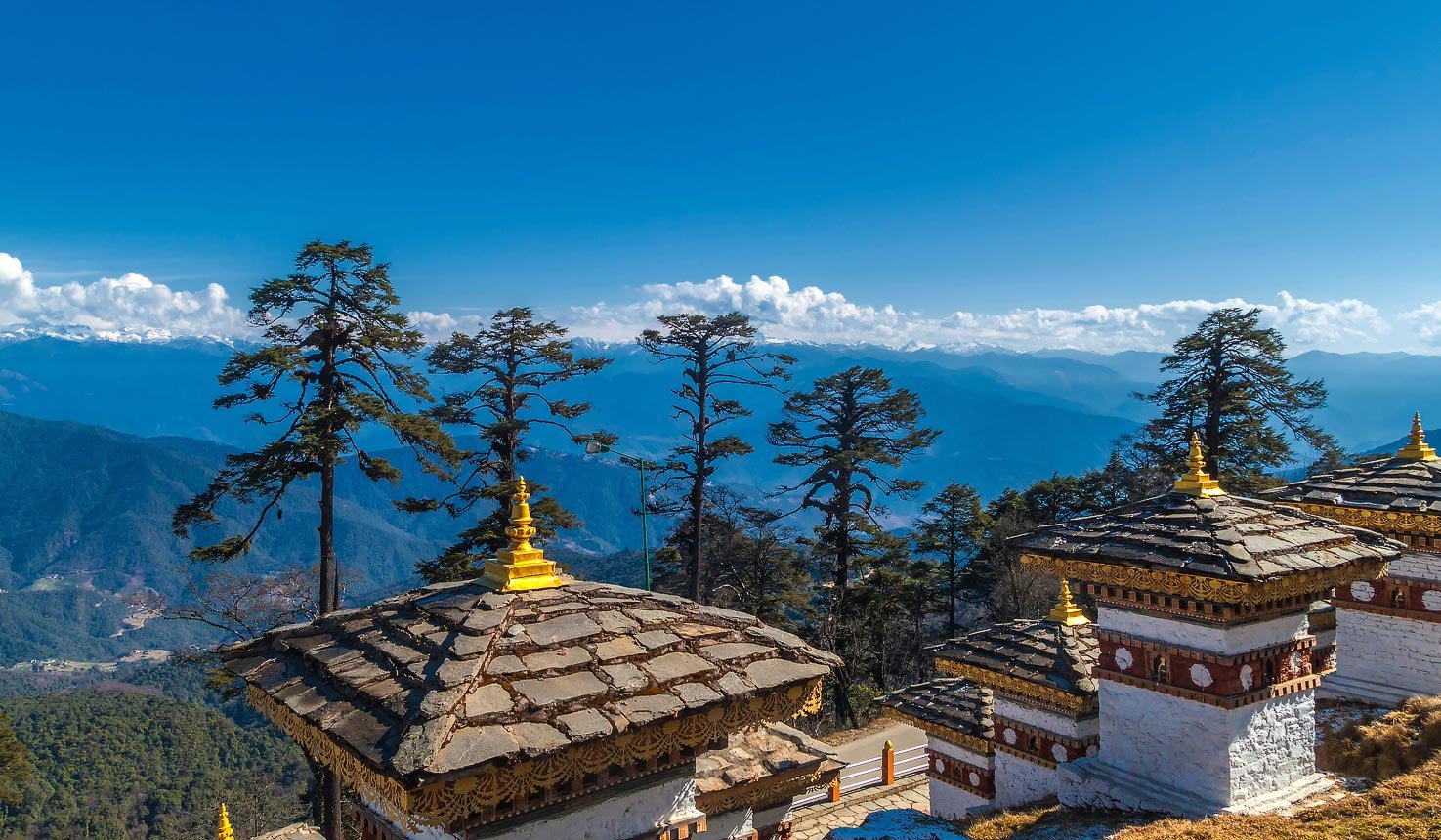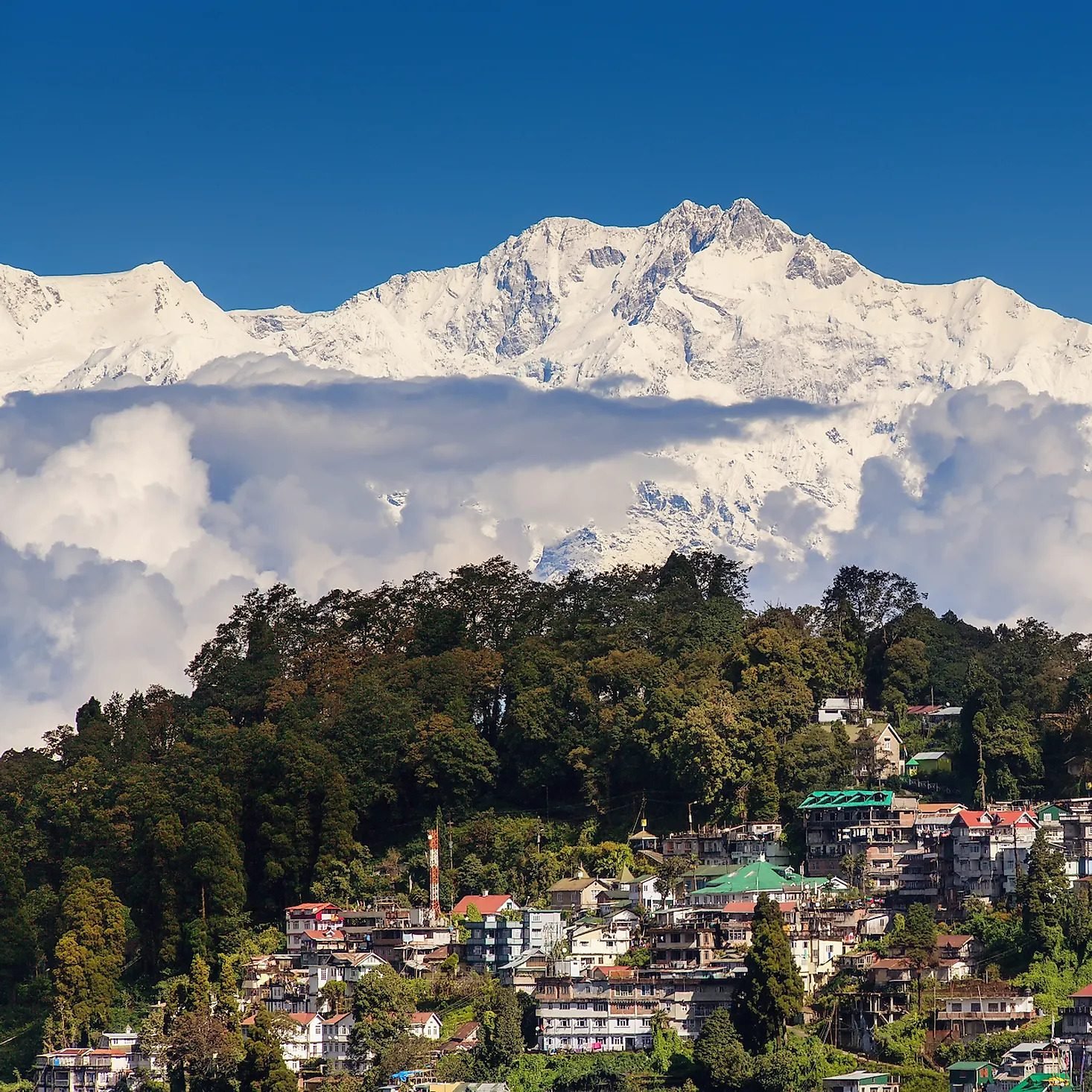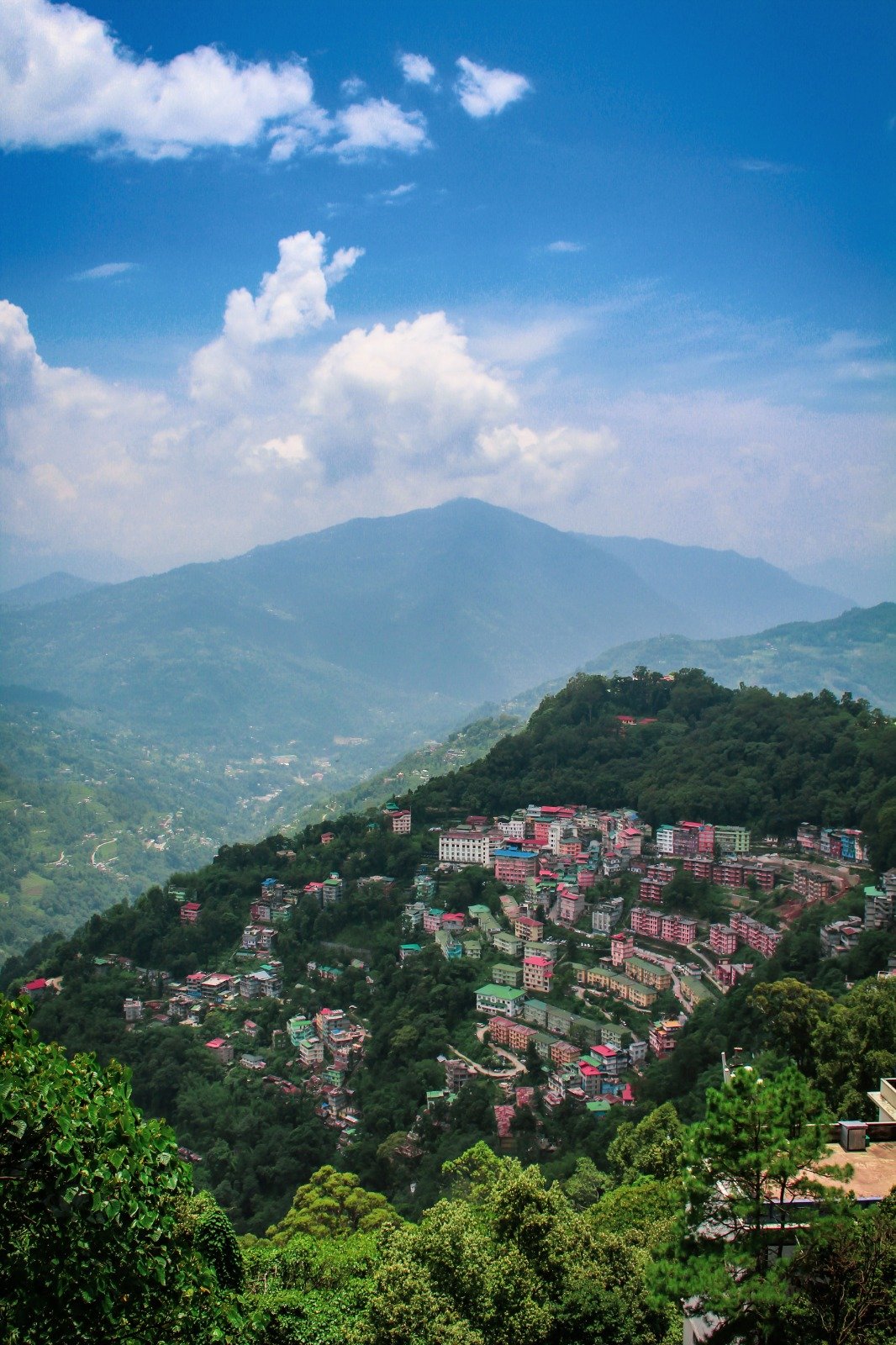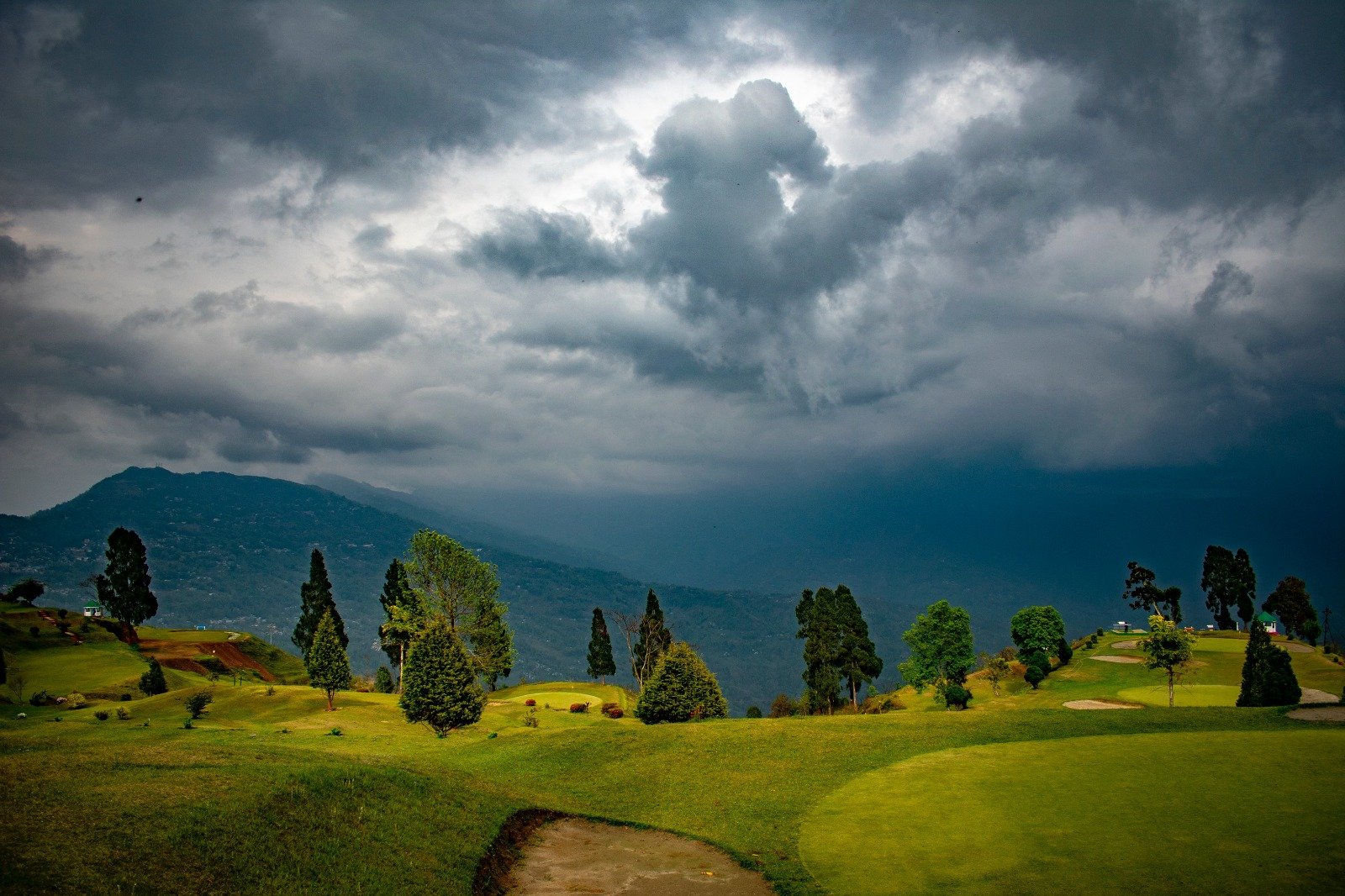On the Myanmar border, south of Arunachal Pradesh and east of Assam, Nagaland is physically and conceptually at the very edge of the Subcontinent. Home to the fiercely independent Nagas, its hills and valleys only opened up to tourism in 2000. One of India’s most beautiful states, it was once renowned for its head-hunters but is now ninety percent Christian. A visit to a Naga village provides a fascinating insight into a rapidly disappearing way of life. Most tour operators arrange guided trips; it is a good idea and far more informative to use a guide than going solo as some Nagas are tired of having their homes on show. If you do visit, bring a gift and offer money for the village to the chief (or angh).
PLACES TO VISIT IN THIS REGION
Traditional Angami villages surround the capital of Kohima, including Khonoma. From Mon you can see various Konyak villages such as Shangnyu. The Ao tribe inhabits Mokokchung, while Tuensang is home to six different tribes. The state’s terrain is also ideal for trekking and mountain biking. Naga festivals are tribe-specific, characterized by ritualistic dances and songs in traditional attire. A good time to visit is during the Hornbill Festival, held in the first week in December, which showcases Naga art, dance, music and sport. Check to see if you’ll need a permit to enter Nagaland.
The Nagas
Naga warriors have long been feared and respected, and have practised head-hunting within living memory. They are also skilful farmers, growing twenty different species of rice. They differentiate between the soul and the spirit, believing the soul resides in the nape of the neck, while the spirit, in the head, holds great power and brings good fortune. Heads of enemies and fallen comrades were once collected to add to those of the community’s own ancestors. The heads were kept in the men’s meeting house (morung) in each village, which was decorated with fantastic carvings of animals, elephant heads and tusks – you can still see examples in many villages. After decades of Christianity, dominated by the Baptists, age-old traditions were fading away and festivals such as the Hornbill have recently been introduced in an attempt to reinstate traditional Naga culture. Today, music is an important feature of modern Naga youth culture.
Politically, Nagaland has seen a series of violent insurgencies and a powerful independence movement. The Naga were brought within the Indian union when, following a series of Naga raids on Assamese villages, the British sought to push them back into the hills. Despite two victories over the British, the Angami Naga were made to sign a truce in 1879 and went on to be loyal to the British; during World War II the Nagas fought valiantly against the Japanese. At the time of Independence, the Nagas found their land divided, with the larger area falling to Burma; India’s promise of self-determination never materialized and today sections of Naga society still yearn for autonomy while politicians wrangle. Though a ceasefire is officially in place, violence occasionally flares up and the politics of independence have disintegrated into a quagmire of inter-political rivalries that pays little heed to the wellbeing of the Naga people.
Dimapur
For most, bustling Dimapur, 74km northwest of Kohima, the main gateway to the state, comes as a disappointing introduction, feeling much like a typically busy Indian town. Don’t let this put you off though, as Nagaland has a lot more to offer than Dimapur would lead you to believe. Almost unavoidable, the town provides all the vital air, road and train connections linking Nagaland to the other states of the Northeast, especially Assam and Manipur. On the riverside edge of town are the Kachari ruins, fertility symbols dating back to the thirteenth-century Kachari kingdom.
Kohima
Kohima, Nagaland’s capital, was established below the large Angami Kohima Village by the British in the nineteenth century and has been developing and spreading rapidly over the last few years. Traditional Naga villages – including Khonoma, 20km beyond Kohima, Jakhema and Kigwema – are just a short drive away, though Kohima itself is an increasingly cosmopolitan place, with traditional markets being replaced by modern shopping centres. Elsewhere the strength of Christianity is nowhere better epitomized than in the soaring gabled rooflines, inspired by the morung of the new Catholic cathedral to the south of the city.
Kohima Village
The large Angami settlement of Kohima Village is set on a high hill overlooking modern Kohima. A few of the buildings still sport the traditional pitched roofs and crossed “house-horns” on the gables – a mark of seniority – and its tightly knit labyrinth of lanes maintains a strong Naga feel.
Kisama
The Naga Heritage Village at Kisama, a showcase of Naga arts and crafts, is well worth the visit to see the collection of morung from most of the tribes of Nagaland. It is a beautiful spot, right under the wooded Japfu Peak (3048m), which makes a rewarding day-trek (Oct–May) from near Kisama and provides grand views of Kohima and beyond, especially at sunset or sunrise. The nearby Angami village of Kigwema, 3km further on, feels untouched and is well worth a walk through, with a guide.
Khonoma
Khonoma and a rewarding day out, is where the Angami warriors made their final stand against the British in 1879. It’s a rare animist village that celebrates the festival of Sekrenyi (Purification of the Soul) in late February. Renowned as a ‘‘green village’’ where tradition is carefully preserved, Khonoma is surrounded by magnificent swirls of rice terraces irrigated by a complex system of bamboo water pipes. Several houses around Khonoma offer homestay facilities.
Mon
In the far northeast of Nagaland, 70km southeast of Sibsagar in Assam, MON is the regional capital of the Konyak tribe, mainly attractive as a base for visits to the surrounding villages. Look out for older Konyaks with elaborate and iconic facial tattoos and goat-horn earrings.
In April, the Konyaks celebrate the six-day spring Aoling festival, turning out in all their finery to mark the new year. A bumpy 23km drive northeast from Mon, Shangnyu is a typical Naga village where the welcoming angh’s (chief ’s) home is packed with horns and animal skulls; the village also has a small but interesting museum. Another gruelling 42km drive east from Mon is Longwa, an interesting Konyak Naga village whose chief, angh Nowano IV’s, home lies right across the India-Myanmar border. As locals say, their chief “rules from Myanmar, and sleeps in India”, where his bedroom is located. From Longwa, you can trek to the nearby villages of Phuka, Weting and Nyanyu.
Mokokchung
A vibrant hill-town southwest of Mon, Mokokchung is Nagaland’s third-largest urban centre, yet remains a quiet backwater in terms of tourism. Just 104km from Jorhat and more easily accessible from Assam than Kohima or Dimapur, Mokokchung makes a good base for exploring the surrounding Ao villages, including Longkhum, 17km away, which has a small museum and a guesthouse.
Tuensang
Tuensang, 115km east of Mokokchung, lies at the centre of a region inhabited by six different tribes – the Phom, Khiamniungan, Chang, Yimchunger and Sangtam. From here it’s a two-day drive to Thanamir, and the start of a stunning two-day trek between tribal villages to Mount Saramati, Nagaland’s highest peak (3826m), near the Burmese border. En route, there are basic places to stay at Kiphire. Check the security situation with your tour operator before setting off.




